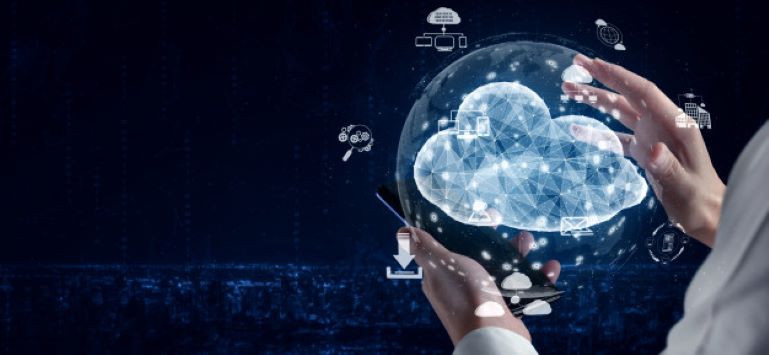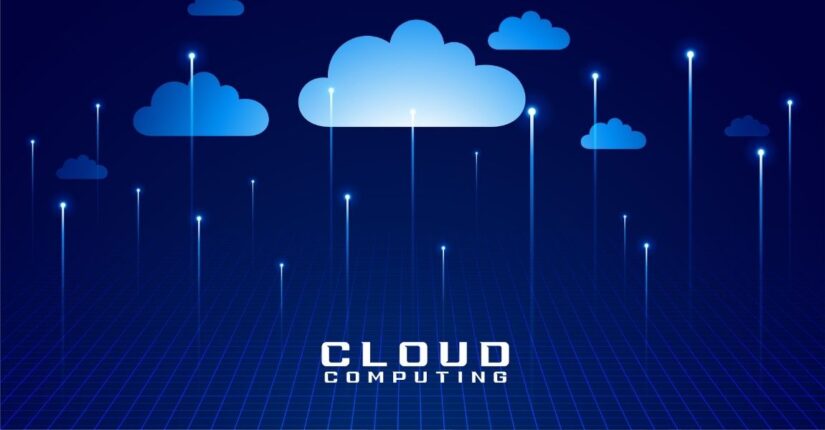Key Trends You Need to Know About Cloud Computing in 2021
In this article, we’ll tell you about the key trends you need to know about cloud computing. The 5V of Big Data has recently been upgraded to 7, with variability and visualization joining the original five: volume, speed, variety, truthfulness and value. This increase is a tacit acknowledgment that the data is not only getting larger, but more complicated as well.
All of these trends were hit hard by the pandemic in 2020 and, in many ways, all of these technologies move hand in hand; AI uses containers, which work well without servers, which helps democratize data.
Once the pandemic hit and businesses around the world were forced to provide work-from-home capabilities, these trends proved critical to keeping business running smoothly. All of these trends will continue to thrive for years to come. They are not momentary successes; they are sophisticated business-changing technologies that all executives should be aware of and continue to apply.
Artificial Intelligence
In 2021, the cloud will help AI realize its rich potential even more. It may not reach the advertising heights that many have promised, but the sheer amount of data flowing to and through the cloud will help make that promise a reality. AI is a difficult technology to implement, but cloud and software such as containers, Kubernetes, serverless computing, and powerful ML frameworks will help users create more responsive and scalable AI.
Over the past few decades, many key cloud-enabled advances have helped to elevate AI from a struggling technology to one of near limitless potential. These include the emergence of affordable parallel processing, Big Data and its 7Vs, as well as access to enhanced ML algorithms from companies like Google, Microsoft, and Facebook. With their ability to “compile once, deploy anytime, anywhere,” cloud containers help facilitate the development and deployment of AI applications that, in turn, democratize AI.
Containers
Containers are an executable unit of software composed of packaged application code along with all necessary software libraries and the dependencies that run it. Containers are self-contained units that include everything needed to run and can run anywhere, on the desktop, within traditional IT or in the cloud.
Gartner believes that containers are the preferred way to package machine learning models, which can be used by other external applications without any coding requirements. Containers can include the entire machine learning process. They can climb as needed and turn in minutes. During the ML training phases, containers can use multiple host servers, so trained models can be deployed to multiple container endpoints and deployed where needed.
While similar to a virtual machine (VM), containers do not virtualize the underlying hardware, only the operating system, as well as the necessary libraries and dependencies. This helps keep the containers light, fast and highly portable.

Democratization of Data
For today’s businesses, data has become almost ubiquitous. “Visualization” is one of the additions in the face of Big Data, but its late addition should not be interpreted as a lack of importance, on the contrary. Inexpensive BI tools like IBM Cognos are gaining ground in businesses, large and small, and visualizing data is one of the best ways to extract value.
By 2021, more IT departments will give up power over their IT tools and software, democratizing more data. It will not only be business intelligence tools, but also data integration tools such as Microsoft SQL Server Integration Services, Alteryx, or RapidMiner. The self-service analytics business will continue to grow. Democratizing data will allow employees at all levels of a company to explore and analyze data on their desktops, mobile devices, and almost anywhere.
Edge Computing
Most of the data comes with an expiration date and this is the theory behind edge computing. Why capture data on a perimeter device, send it to the cloud, create the templates in the software up there, compile the results, and then send it back to the perimeter device that initially captured the data, which then uses it to send an alert. The peripheral device should be part of a marketing system. Why not have the peripheral device create the templates as well? With hardware getting smaller and software getting more sophisticated, highly complex models can be embedded in a peripheral device, at the edge of the cloud, making data much more useful and action-oriented.
Large vendors, such as AWS, Dell, HPE, Google, IBM, and Microsoft, are adopting an edge cloud strategy that leverages serverless computing models. Data can flow data through applications in real time at the edge of the cloud, directly to the consumer’s mobile device. IoT solutions can now be deployed almost anywhere, and cloud providers are adding edge computing services to assist in delivering content across hundreds of thousands of local points of presence.
2021 will also see an increased emphasis on corporate network perimeter security and protecting users, services, applications, and data as businesses adopt distributed application environments.
Serverless Computing
Serverless computing allows developers to do what they do best: write code. Cloud service providers are responsible for setting up and maintaining the infrastructure and servers that run that code, along with the maintenance required to ensure systems are functioning properly. In 2018, Gartner highlighted serverless computing as one of its top ten IT trends for infrastructure and operations, and time proved Gartner’s prediction to be correct.
Serverless computing integrates Backend as a Service (BaaS) capabilities and the cloud provider manages all system infrastructure management, operating and maintenance costs, security and software patches and updates, allowing customers to focus just about building applications.

